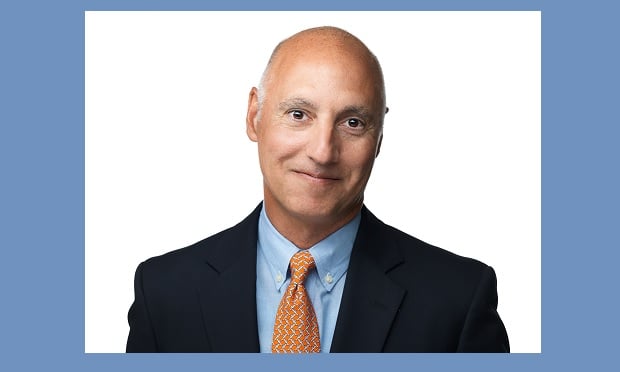Change and growth in risk management practices and demographics has morphed education programs, ranging from basic to master's programs, classroom-based and online, according to education experts.
With baby boomers holding high positions in the industry leaving the workforce, those replacing them often need introductory insurance courses, said Daniel Kugler, assistant treasurer, risk management, Snap-On Inc. in Kenosha Wis., and director student involvement for the Risk and Insurance Management Society.
 "People search out technical education to broaden their perspective," he said. "They're looking for courses such as the fundamentals of insurance. Most have been placed into risk management positions and don't have risk management experience. They need to learn the basics about an insurance policy."
"People search out technical education to broaden their perspective," he said. "They're looking for courses such as the fundamentals of insurance. Most have been placed into risk management positions and don't have risk management experience. They need to learn the basics about an insurance policy."
Recommended For You
Want to continue reading?
Become a Free PropertyCasualty360 Digital Reader
Your access to unlimited PropertyCasualty360 content isn’t changing.
Once you are an ALM digital member, you’ll receive:
- Breaking insurance news and analysis, on-site and via our newsletters and custom alerts
- Weekly Insurance Speak podcast featuring exclusive interviews with industry leaders
- Educational webcasts, white papers, and ebooks from industry thought leaders
- Critical converage of the employee benefits and financial advisory markets on our other ALM sites, BenefitsPRO and ThinkAdvisor
Already have an account? Sign In Now
© Touchpoint Markets, All Rights Reserved. Request academic re-use from www.copyright.com. All other uses, submit a request to [email protected]. For more inforrmation visit Asset & Logo Licensing.







